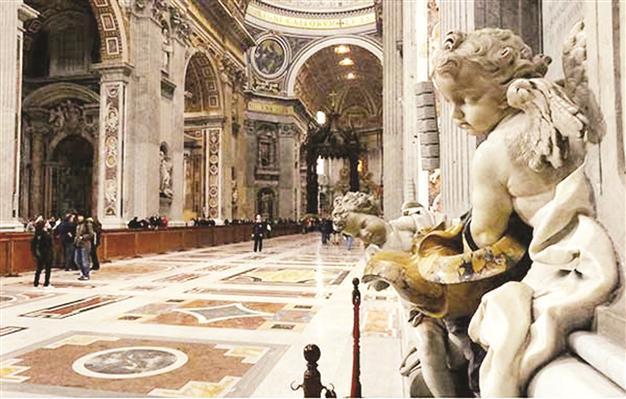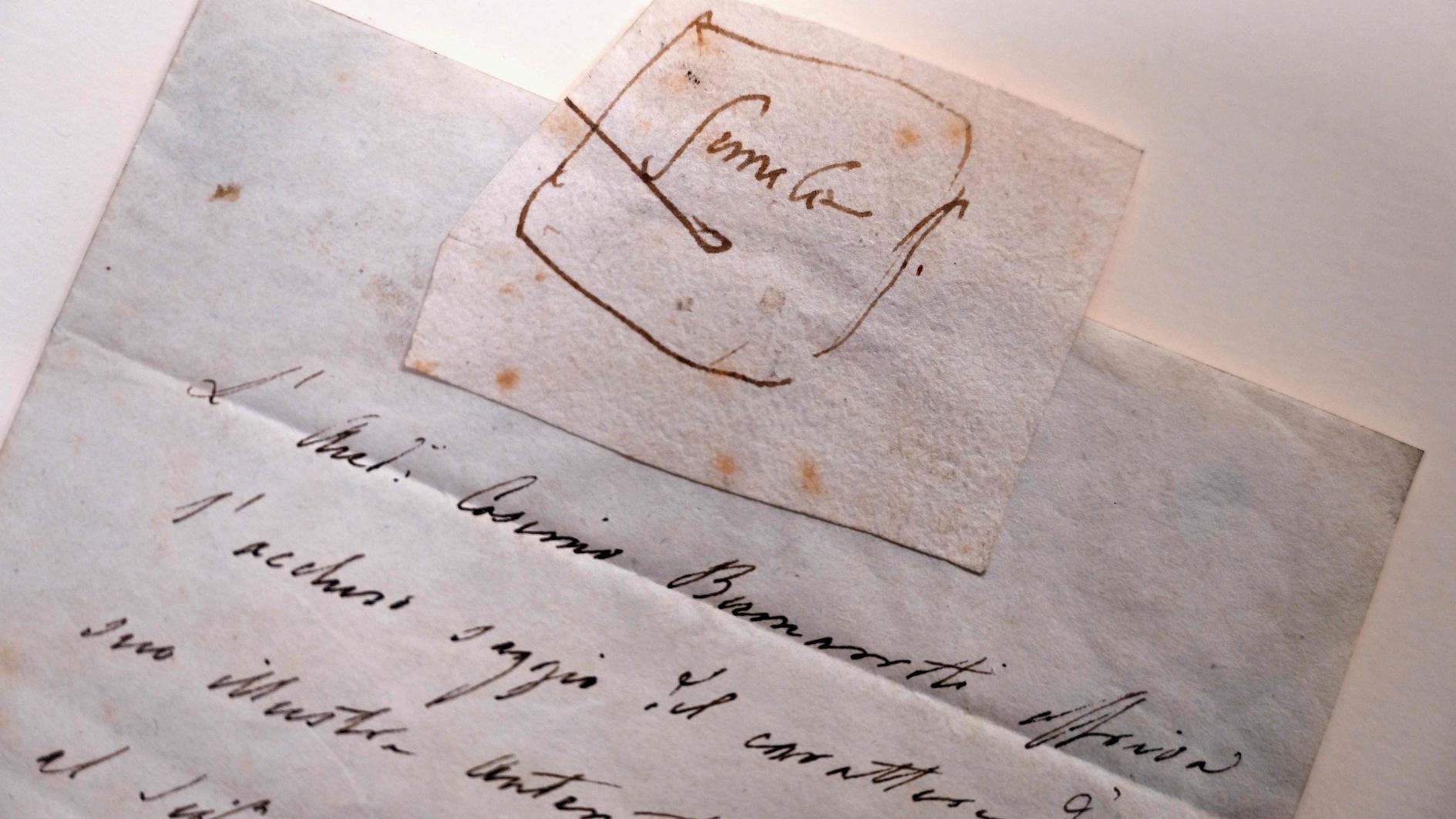Vatican publishes vast online catalogue
LONDON

The Vatican publishes a vast online catalogue of the Italian Catholic Church’s artistic heritage and artefacts and the project, which began 16 years ago.
The Vatican has published a vast online catalogue of the Italian Catholic Church’s artistic heritage, according to the Art Newspaper.The project, which began 16 years ago, is continuing, but the church is hoping the database will help in the recovery of stolen works. The website contains almost 3.5 million objects, from paintings and sculptures to ornaments, crucifixes, altarpieces and other items belonging to some of Italy’s 63,773 churches in 216 dioceses. Thousands of works held in the churches of certain dioceses, such as those of Florence and Naples, are still to be catalogued, the Art Newspaper reported.
The project is a collaboration between church and state, involving the dioceses, the Culture Ministry, the Italian Episcopal Conference and the National Office for Ecclesiastical Heritage. Initial funding was set at around 51.6 million euros.
The database will eventually be expanded to include the church’s architectural heritage and literary archives. Users can search by artist, subject matter, object, diocese and date range, while the search results can be filtered further if needed, but experts have pointed out a number of flaws in the system that suggest more work is needed.
“David Ekserdjian, an art historian and curator, who specializes in the 16th-century Italian Renaissance, says the database has a number of absences and inconsistencies,” the paper said.
A copy of Caravaggio’s “Madonna of Loreto,” 1604-06, is registered in the diocese of Siena, Tuscany, and dated to between 1600 and 1649, whereas the original, in the church of Sant’Agostino, Rome, is absent. Similarly, Donatello’s wooden sculpture of St. John the Baptist, 1438, in Venice’s Santa Maria Gloriosa dei Frari church, is nowhere to be found, but a wooden crucifix that was only recently attributed to Donatello, dated to between 1440 and 1445, is already registered in the diocese of Padua, it said.
From a research point of view, Ekserdjian believes the site will be useful for less well-known works rather than famous ones, as their whereabouts are already public knowledge.
“The problem is that you don’t know what’s not in there,” he said. The database does not provide the exact location of the works, leading users as far as the diocese, but without mentioning the name of the specific church.
















